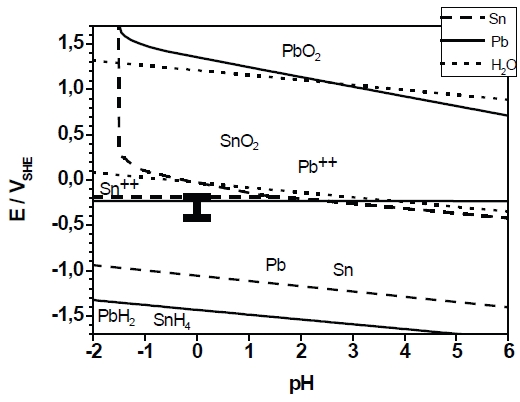
Nickel-alumina composite films were obtained by electrocodeposition using different deposition techniques, viz. direct current (DC) deposition and pulse-reverse plating (PRP). Particle incorporation was determined by means of energy-dispersive X-ray spectroscopy and glow discharge optical emission spectrometry (GD-OES). The structure of the films was analyzed using electron microscopy, viz. scanning electron microscopy (SEM), electron backscatter diffraction (EBSD), transmission electron microscopy (TEM), and X-ray diffraction. A <100> fiber texture was found for pure nickel films, which was reduced due to a change in plating conditions and particle incorporation. EBSD mappings indicate that the nanosized particles inhibit nickel growth and thus lead to a smaller nickel crystallite size combined with a distinct loss of the <100> texture. Scanning transmission electron microscopy (STEM) and TEM reveal that the inclusion of alumina nanoparticles preferentially takes place in the grain boundary region where the particles terminate the growth of nickel. High-resolution TEM imaging proves a complete embedding of nanoparticles by the nickel matrix without any voids.

